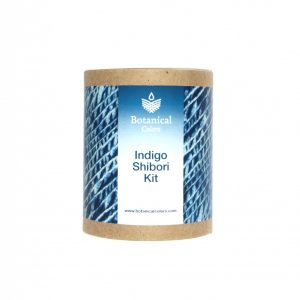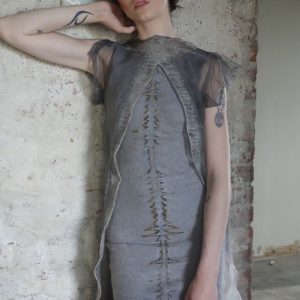Q & A: Round Up of Scouring + Mordanting 101
Mordanting and scouring should be at the top of your things-to-do list before natural dyeing. Botanical Colors Founder Kathy Hattori recently took on as many questions as was humanly possible to clarify the processes. Before reading, also please see our How-To Scour and How-To Mordant pages. Scouring Questions If I use untreated and unbleached fabric, is it a must to scour the fabric or is washing it enough? If you mean by “untreated” that it has never been scoured, then you should scour. If untreated and unbleached means it is also prepared for dyeing (PFD or RFD), then you can … Read more








